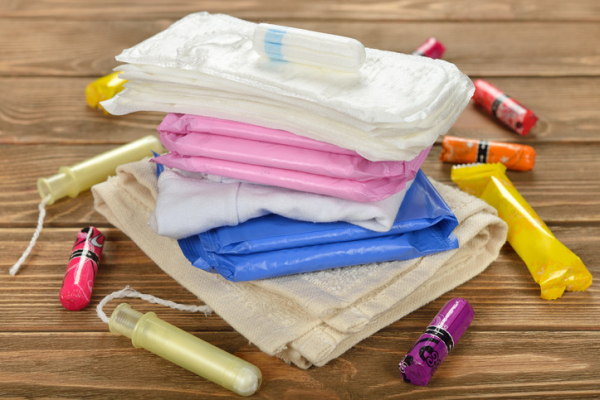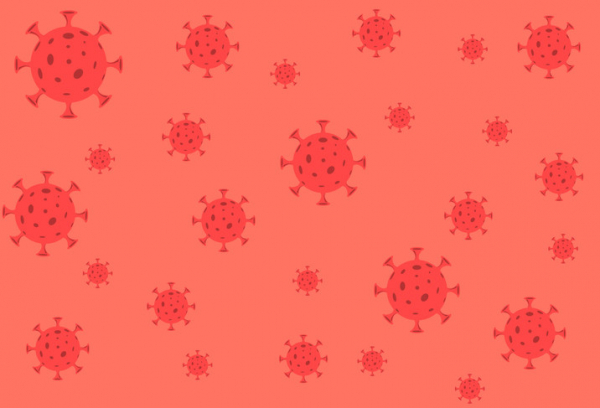
It’s happened to so many people who menstruate: you’re going about your life until you realize that you just got your period. The ungainly scramble to find a restroom and the fervent prayer that you packed a menstrual product leaves you feeling anxious, vulnerable, and exposed. This is compounded by the fact that our society stigmatizes menstruation — or really, anything to do with a uterus — and a taboo hangs over these discussions.
This scenario is far worse if you are one of the nearly 22 million women living in poverty in the US who cannot afford menstrual hygiene products, a problem known as period poverty. One study in Obstetrics & Gynecology demonstrated that 64% of women reported ever having difficulty affording menstrual products, such as pads, tampons, or reusable products like menstrual cups. And 21% reported that they were unable to afford these products every month. People who are homeless or incarcerated are at particularly high risk of not having access to adequate menstrual hygiene products.
Why are period products a luxury?
Menstruating is a basic fact of human existence. Menstrual hygiene products are necessities, not luxuries, and should be treated as such. Unfortunately, food stamps and subsidies under the WIC (women, infants, and children) program that help with groceries do not cover menstrual products.
I have had patients tell me that they use toilet paper or paper towels instead of pads or tampons because they cannot afford menstrual products. People with heavy periods requiring frequent changes of these products particularly face financial challenges, as they must buy even more pads or tampons than the average menstruating person. If they try to extend the life of products by using them for multiple hours at a time, they can wind up with vulvar irritation and vaginal discomfort. They may also be at greater risk for toxic shock syndrome, a life-threatening infection.
Why is it important to talk about stigma around periods?
We need to address stigma around menstruation in order to understand and fix the challenges people face around access to menstrual hygiene products. Period poverty is real. Period equity should be real, too. Embarrassment or taboos may prevent people from advocating for themselves, but if that stigma is removed — or even eased by talking through these issues — we as a society can move forward to address the needs of half of our population. There is no equity when half the population bears the financial and physical distress as a consequence of the reproductive cycle needed to ensure human survival.
How can we address period poverty?
There are simple solutions to period poverty. The first is to eliminate the tax on menstrual products. Think about it: just as food, a necessity for all of us, is not taxed, menstrual products should not be taxed. Products that are reusable, such as menstrual cups or underwear, should be subsidized, and their use encouraged, to eliminate excess waste from individually wrapped pads and tampons. If these products are publicized, promoted, and affordable, more women may opt for them. Pads and tampons should be available free of charge in schools and federal buildings (note: automatic download).
Finally, you can take action: write to or call your legislators! There is a fantastic bill, Menstrual Equity For All Act of 2019, sponsored by Representative Grace Meng, that was introduced on March 26, 2019, but never received a vote. There is no good reason why this bill, which would allow homeless people, incarcerated people, students, and federal employees free access to menstrual hygiene products, was never even brought forward for a vote. We live in one of the world’s wealthiest countries, and lack of menstrual hygiene products should never impact someone’s ability to work or go to school. It’s time to stop treating people with a uterus as second-class citizens.
About the Author

Huma Farid, MD, Contributor
Dr. Huma Farid is an obstetrician/gynecologist at Beth Israel Deaconess Medical Center, and an instructor in obstetrics and gynecology at Harvard Medical School. She directs the resident colposcopy clinic and is the associate program director for the obstetrics and … See Full Bio View all posts by Huma Farid, MD






